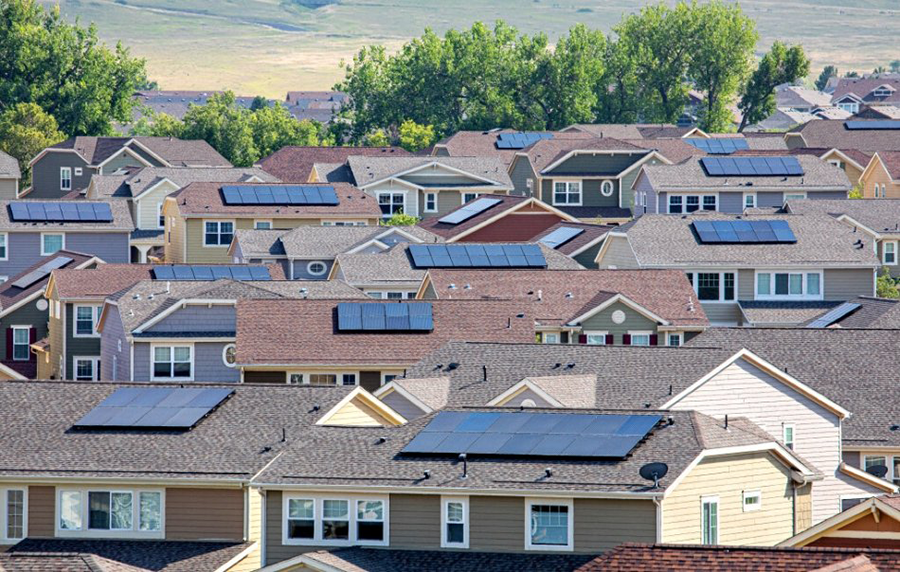The “Clean Energy for Communities” program will connect local leaders with DOE National Laboratories to help communities transition to a clean energy future.
The U.S. Department of Energy (DOE) launched a new program of up to $50 million to help communities across the country transition to clean energy systems that are reliable, affordable, equitable, and reflect local priorities.
Clean Energy for Communities
The Clean Energy for Communities (C2C) program will connect local governments, electric utilities, community groups, and other entities with innovative modeling and testing tools developed at DOE’s national laboratories to realize their clean energy goals and ambitions.
By helping communities achieve their clean energy goals, this new program reflects President Biden’s ongoing commitment. To ensure that every community unlocks the public health benefits and cost savings of a clean energy future. And supports President Biden’s goals of decarbonizing the electric grid by 2035 and achieving a net-zero emissions economy by 2050.
Secretary of Energy
U.S. Secretary of Energy Jennifer M. Granholm stated, “With C2C, we are helping all types of communities from small rural communities to sprawling urban areas. To access the scientific and technological tools and knowledge they need to bring their energy systems into the 21st century. This exciting program will help communities make informed decisions. About their energy needs and ensure that reliable and affordable clean energy is available to Americans everywhere.”
C2C provides integrated technical support to communities in the renewable energy, grid, mobility, and buildings sectors. The program seeks to provide the type, and amount of support communities need to meet their particular interests and needs in the transition to a clean energy economy. For C2C in-depth partnerships, this includes funding to support participation in the program.
C2C offers three levels of technical assistance:
In-depth technical partnerships: Multi-year partnerships that provide cross-sector modeling, analysis, and validation, along with direct funding to help four to five selected teams from local governments, utilities, and community-based organizations achieve their goals and overcome specific challenges.
Peer Learning Cohorts: Small groups of local governments, electric utilities, or community organizations that meet periodically for approximately six months to learn from each other and from laboratory experts in a collaborative environment to develop program proposals, action plans, strategies, and best practices on a predetermined clean energy topic. Cohorts will include approximately 100 communities in total.
Expert Match: Short-term (40-60 hours) assistance with one or more technical experts to help address short-term clean energy issues or challenges for up to 200 communities.
100% renewable energy
DOE’s Office of Energy Efficiency and Renewable Energy (EERE) funds the C2C. The C2C is led and managed by the National Renewable Energy Laboratory (NREL). With additional support from Pacific Northwest National Laboratory, Argonne National Laboratory, Lawrence Berkeley National Laboratory, and Oak Ridge National Laboratory. It leverages the expertise and capabilities of all of these labs, including NREL’s Advanced Research on Integrated Energy Systems platform. Where local leaders can see how a virtual model of their community interacts with real, emulated clean energy infrastructure and devices. Such as wind turbines, controllers, and electric charging stations, helping to de-risk future investments.
C2C builds on NREL’s study of 100% renewable energy in Los Angeles. Which evaluated a wide range of scenarios to help stakeholders understand potential pathways toward the city’s goal of 100% renewable energy by 2045. And the implications of these pathways for people living and working in the city. The study concluded that Los Angeles’ goal of achieving reliable, 100% renewable electricity by 2045 is achievable. And will bring significant health and climate benefits.
it can be of your interest: DOE names Dr. Michael Goff as Principal Deputy Assistant Secretary for Nuclear Energy


